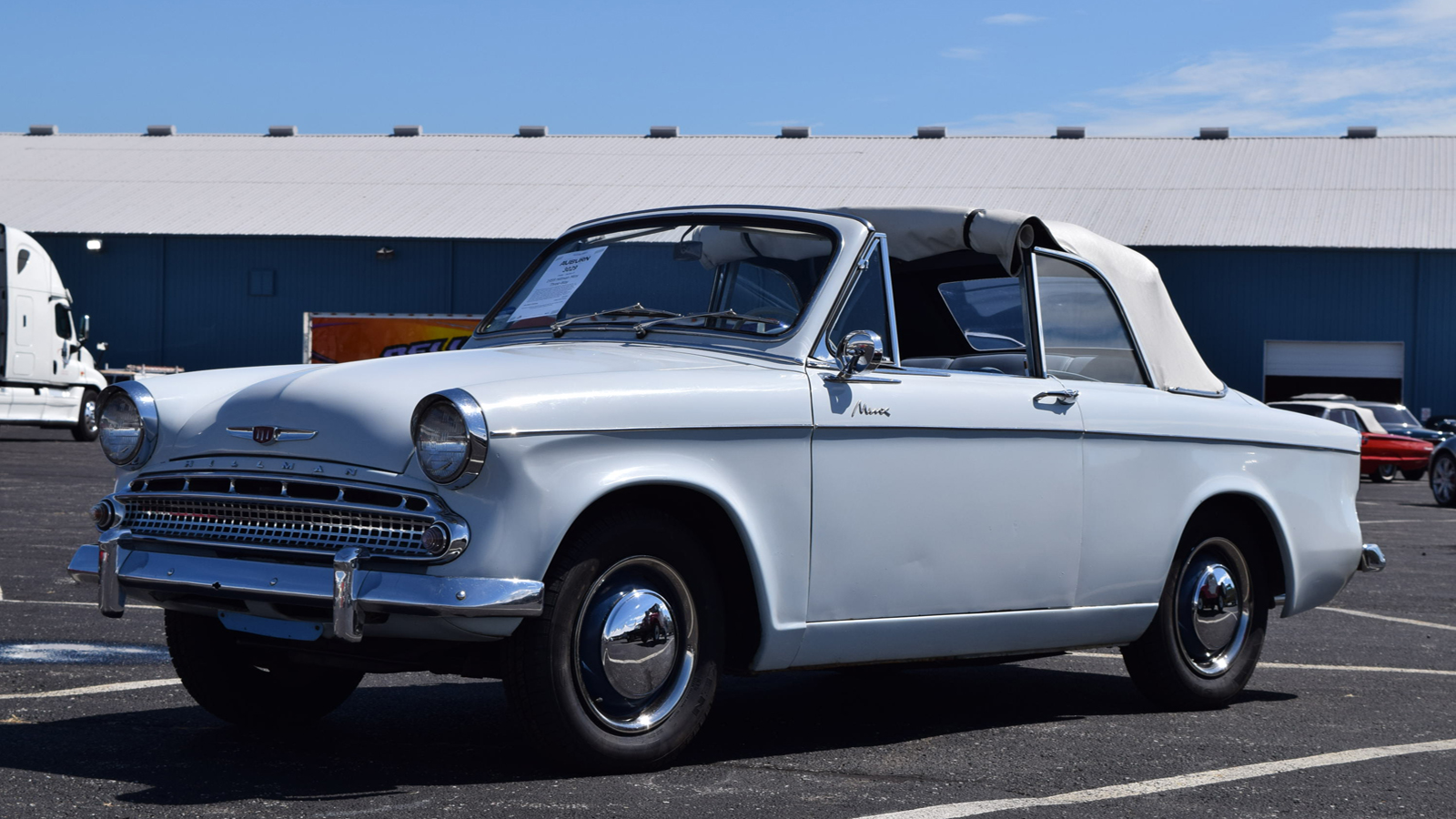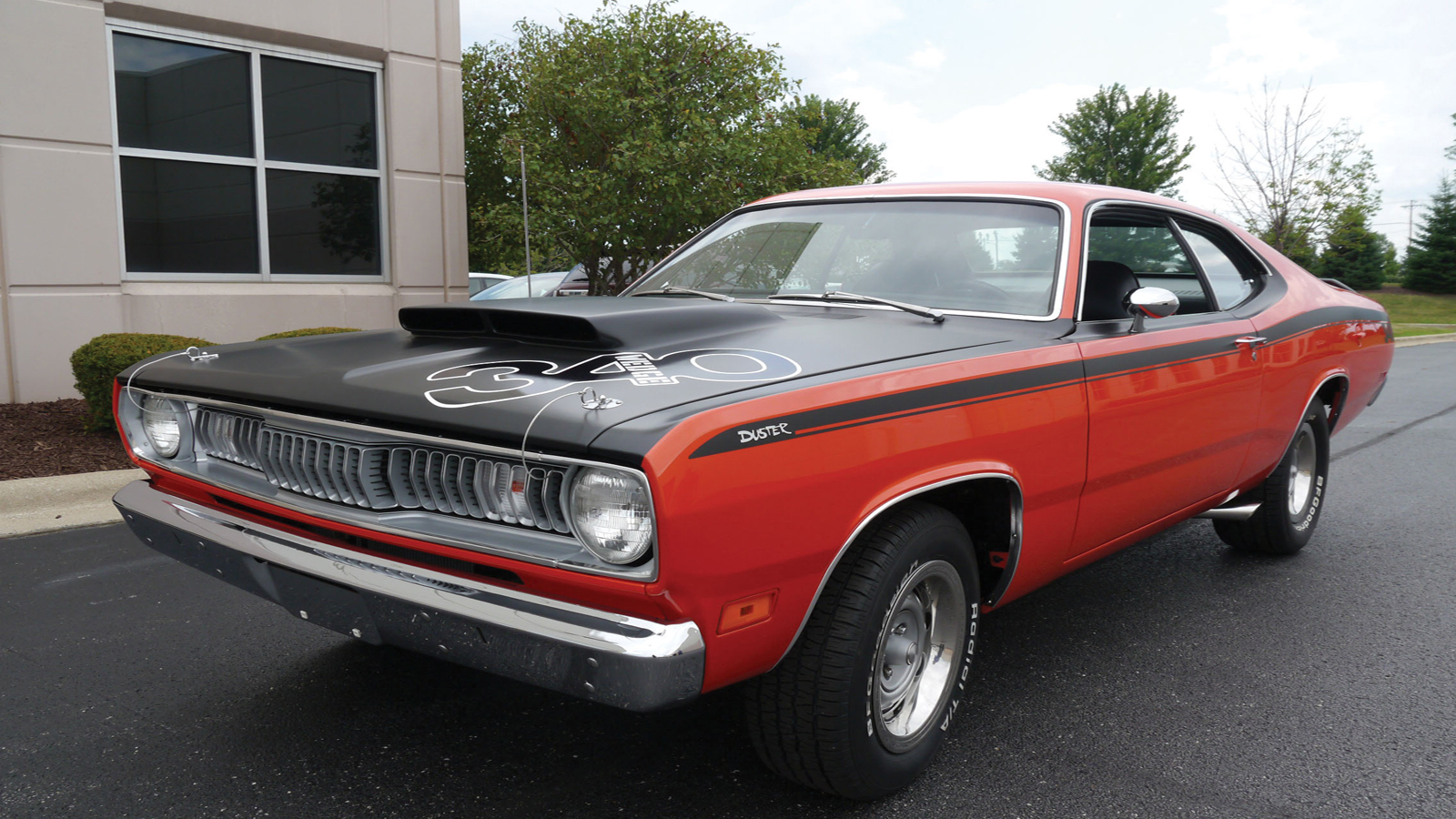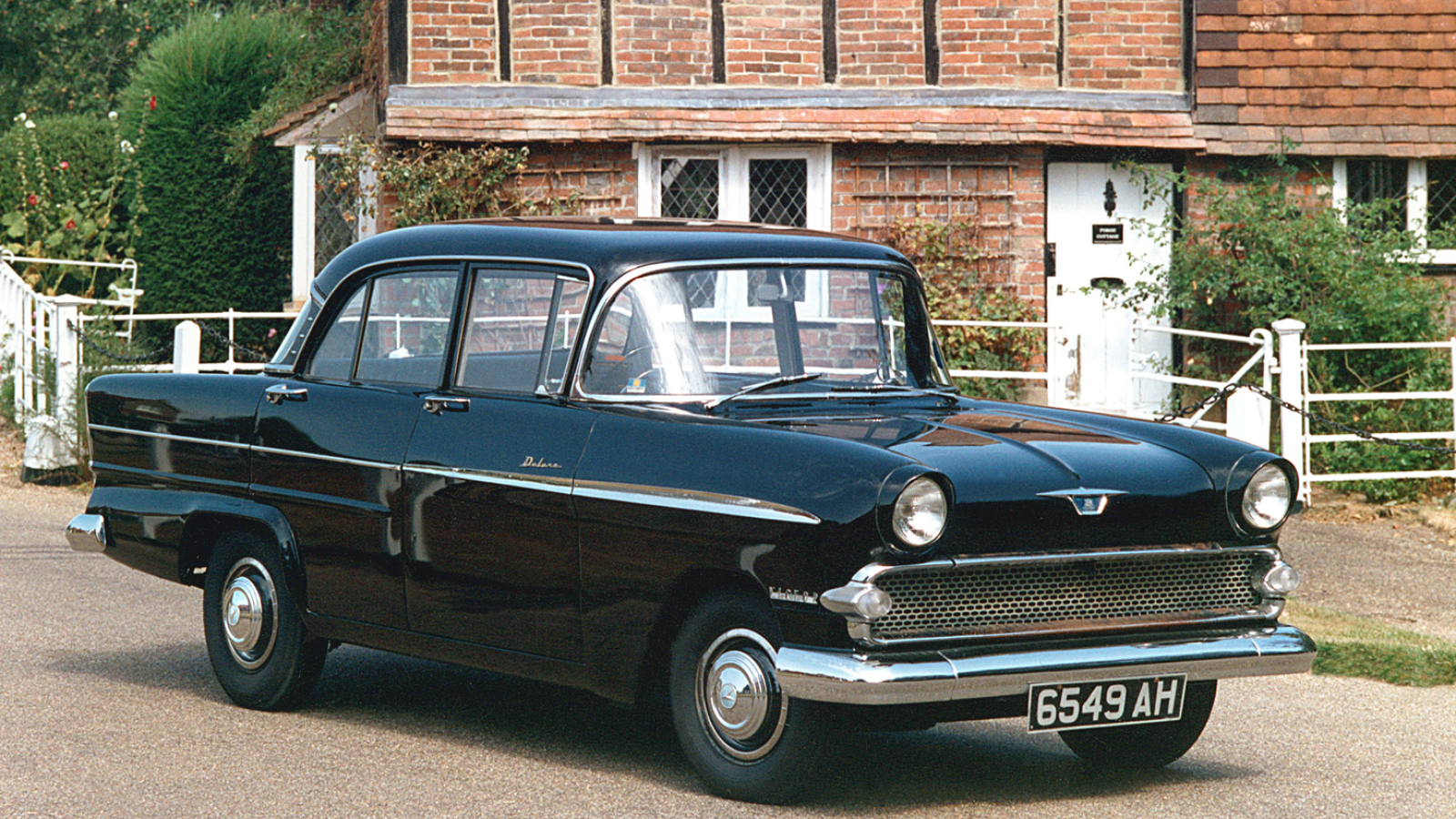-
 © Patrick Ernzen/RM Sotheby’s
© Patrick Ernzen/RM Sotheby’s -
 © RM Sotheby’s
© RM Sotheby’s -
 © RM Sotheby’s
© RM Sotheby’s -
 © Herranderssvensson/Wikipedia
© Herranderssvensson/Wikipedia -
 © IFCAR/Wikipedia
© IFCAR/Wikipedia -
 © RM Sotheby’s
© RM Sotheby’s -
 © RM Sotheby’s
© RM Sotheby’s -
 © Theodore Pieper/RM Sotheby’s
© Theodore Pieper/RM Sotheby’s -
 © Theodore Pieper/RM Sotheby’s
© Theodore Pieper/RM Sotheby’s -
 © Classic & Sports Car
© Classic & Sports Car -
 © John Bradshaw/Classic & Sports Car
© John Bradshaw/Classic & Sports Car -
 © Newspress
© Newspress -
 © Newspress
© Newspress -
 © Newspress
© Newspress -
 © RM Sotheby’s
© RM Sotheby’s -
 © RM Sotheby’s
© RM Sotheby’s -
 © RM Sotheby’s
© RM Sotheby’s -
 © RM Sotheby’s
© RM Sotheby’s -
 © RM Sotheby’s
© RM Sotheby’s -
 © Bonhams
© Bonhams -
 © Asterion/Wikipedia
© Asterion/Wikipedia -
 © Sean Smith/RM Sotheby’s
© Sean Smith/RM Sotheby’s -
 © Sean Smith/RM Sotheby’s
© Sean Smith/RM Sotheby’s -
 © Newspress
© Newspress -
 © RM Sotheby’s
© RM Sotheby’s -
 © Newspress
© Newspress -
 © Newspress
© Newspress -
 © Newspress
© Newspress -
 © Newspress
© Newspress -
 © Darin Schnabel/RM Sotheby’s
© Darin Schnabel/RM Sotheby’s -
 © Darin Schnabel/RM Sotheby’s
© Darin Schnabel/RM Sotheby’s
-
The name game
What’s in a name? Well, a name can be everything, or it can be nothing.
Think Camaro, Mustang, Stratos, Testarossa – all immediately conjure up images of vast vistas and long, traffic-free blasts. Then there’s Fiesta, Polo, even Metro – nippiness and urban fun spring to mind.
But as we’ll see, finding that perfect name can be tricky. It must be so frustrating for car designers, to put your all into drawing and developing the very best vehicle you can, only for the marketing department to call it the Daihatsu Naked, or the Isuzu Mysterious Utility Wizard. Sorry, what? Is the tailgate wide enough for all that?
So yes, while manufacturers very often get their cars’ names just right, they sometimes get them very wrong. Here are 15 we had to share.
-
1. AMC Gremlin
At some point in the development process, a bunch of people in sober clothing must have sat around a desk and thought: “Gremlin? Yep, that’ll be absolutely fine.” Presumably on a Friday, after a particularly liquid lunch.
Give that the dictionary definition of a gremlin is a mythical sprite given to cause inexplicable problems with machinery, calling your shiny new Big Thing by such a name was short-sighted in the extreme.
-
AMC Gremlin (cont.)
As if to further open itself to ridicule, AMC (American Motors Corporation) decided to launch the car on April Fools’ Day in 1970.
It’s a shame, because the Gremlin was actually a pretty good car, with more than 671,00 being built over the course of its production run.
People loved the unusual styling, even though some models had no back seat and no tailgate (only an opening rear window). Often, luggage had to be placed in the back through the doors. Convenient.
-
2. Chevrolet Citation
Route 66. Blue lights in the mirror. A squawk of siren. You pull over to the side of the highway. A pair of Aviators approaches.
“Do you know how fast you were travelling?” Too quickly is the answer. And what do you get issued with? Yup, a citation. Same applies if you’re caught parking in the wrong place. So why on earth would you name your car after a parking ticket? Well, Chevrolet did.
-
Chevrolet Citation (cont.)
The Chevrolet Citation was a fairly nondescript front-wheel-drive range available in three- or five-door forms or as a two-door coupe, with either a 2.5-litre four-cylinder motor with up to 109bhp, or a 2.8-litre V6 generating a mighty 113bhp.
With power outputs like these, you were far more likely to get a parking citation than a speeding one.
-
3. De Soto Firedome
Firedome? What on earth does that actually mean? Yes, the marketing department’s use of the word ‘fire’ to give prospective buyers images of fury, power and heat is understandable. But ‘dome’? The curved top of a hill? Covered in fire? Isn’t that a scene in a Stephen King horror book or film somewhere?
Anyway, the Firedome was produced by De Soto from 1952 to 1959, firstly as the brand’s most expensive model, then as its cheapest, and finally as its mid-range model.
-
De Soto Firedome (cont.)
It was available in all the bodystyles of the era, so four-door saloon and estate, plus a two-door coupe and two-door drop-top, all with either a 4.5-litre or 4.8-litre V8 up front.
Unfortunately, it sold like cold cakes, to the extent that the De Soto brand was killed off in 1960. What’s in a name? Hmmm.
-
4. Dodge Dart Swinger
Okay, you could describe the average darts player as a Dart Swinger, but we know that’s not what you’re thinking.
Maybe better to go with the fact that it describes someone who is ‘lively and fashionable’, as in ‘oldest swinger in town’. Still not what you had in mind? Well, that’s down to you. Ahem.
The Dodge Dart was produced over four generations between 1960 and 1976, but it wasn’t until the fourth generation that the two-door coupe version was given its own name, and in 1969 the Swinger was born.
-
Dodge Dart Swinger (cont.)
It certainly had plenty of power, with a 5.6-litre V8 up front, producing 271bhp in the common-or-garden Swinger, and 296bhp in the hot GTS model.
For 1970, the Swinger 340 appeared, complete with hood scoops and front disc brakes, but in 1971 this was replaced by the 271bhp Swinger 340 Demon.
-
5. Ford Escort
For a while, Ford used exotic place names for its cars, which worked well, because titles such as Cortina and Capri became household favourites in a very short period.
But for the small saloon and estate aimed at buyers who wanted cheap but enjoyable daily transport, it chose Escort.
Undoubtedly, the aim was to focus on the fact that in days of yore an escort was an employee who travelled with someone important to protect them.
-
Ford Escort (cont.)
But there’s another meaning. And this escort is someone who’s paid to attend social events with another person. Just as well Ford didn’t come up with a special edition called the Escort Agency.
Nevertheless, the Escort was a massive seller for Ford, and lasted from 1968 until the year 2000.
Throughout its life, the model was synonymous with Ford’s efforts in the world of rallying, taking numerous household names such as Roger Clark, Hannu Mikkola and Ari Vatanen to rally wins and world championships.
Indeed, it is still winning classic club rallies to this day.
-
6. Ford Probe
After the demise of the Ford Capri, Ford had no cool coupe in its line-up, so it got together with Mazda in the late-1980s, and they developed a sleek, modern-looking two-door. And then they called it Probe.
The creative types fond of whiteboards and break-out areas doubtless had images of deep-space exploration and derring-do in mind, but many people’s first thoughts were of invasive medical procedures. Oof.
-
Ford Probe (cont.)
It didn’t get off to the best of starts, most notably in the United States, where potential customers bemoaned its front-wheel-drive layout and the absence of a V8 engine.
The Probe didn’t actually arrive in Europe until the second-generation was developed in 1994, sporting a Mazda-developed 2.0-litre four-cylinder engine or a 2.5-litre V6.
Unfortunately, despite its neat looks, buyers stayed away in droves, and the car only sold around a quarter of its projected volume, so it was killed off in 1997.
-
7. Hillman Minx
A 39-year lifespan is pretty good for any vehicle name, especially one with such bold connotations. But then again, maybe that’s why it sold so well from 1931 to 1970.
Back in those days, it was men who bought and drove the vast majority of cars, so it stands to reason that car companies might want to give their models names that might appeal to the male of the species. Hence Minx, or in other words, a ‘flirtatious or scheming woman’.
-
Hillman Minx (cont.)
In reality, the Minx was none of these things, and instead provided solid, conventional transport for families.
It was produced in various versions until it was replaced by the angular Hillman Hunter saloon in 1967, although the Minx name lived on for a while in a very basic version of the Hunter.
Still, there was a convertible version sold in America called the Hillman Minx Three-Way, which… well. You at the back, stop sniggering!
-
8. King Midget
Opposites attract, so they say, hence the curious juxtaposition of the names ‘King’ and ‘Midget’.
The name adorns a microcar designed and produced between 1946 and 1970 by the Ohio-based Midget Motors Corporation. At the start at least, it was primarily promoted through small adverts in local newspapers offering a ‘500lb car for $500’.
-
King Midget (cont.)
The first version was a single-seat model designed to resemble a racing car, but the second-generation car was a two-seat convertible that was available as either a kit or a fully constructed car.
The third-generation car of 1957 was bigger and had four-wheel hydraulic brakes.
The early car certainly gave you plenty of time to enjoy the scenery, because it was powered by a 0.4-litre single-cylinder engine producing a mighty 5.9bhp. However, by the time of the third-generation model power from the engine had reached a heady 9bhp.
-
9. Plymouth Duster
If you imagine that a Ford Capri is a Ford Cortina in sporty attire, then the Plymouth Duster is a Plymouth Valiant in trainers and a shell suit. Sort of. However, why they chose to name it after a cleaning cloth is more of a mystery.
Worse still, there was a whole range of option packages available, one of which was called Feather Duster. We kid you not.
It was designed to compete against the AMC Hornet (good name) and Chevrolet Nova (not so good), and offered with a range of engines from a 3.2-litre straight-six all the way up to a 5.9-litre V8.
-
Plymouth Duster (cont.)
Still, people loved it, so Plymouth offered other packages, one of which was called the Gold Duster, which came with gold badging and stripes, whitewall tyres, a deluxe interior and a vinyl roof.
Imagine Donald Trump’s living room with wheels on and, we imagine, you’ll be getting close.
-
10. Škoda Estelle
The Škoda Estelle could have been so different. Back in the early 1970s, Škoda wanted to design a modern front-engined, front-drive hatchback, but such a design was deemed far too modern when the Soviet bloc’s other vehicles were mostly ancient front-engined, rear-drive Ladas and suchlike. So, the rear-engined, rear-drive Estelle came about in a bid not to annoy the Kremlin.
We have no idea who Estelle was, but she surely must have been thrilled to have her name adorn the bootlid. Even more so when the higher-spec Super Estelle appeared.
-
Škoda Estelle (cont.)
The handling of early cars was largely described as ‘unpredictable’, but people loved the cheap prices and the fact the car was actually reliable, giving the lie to the old ‘why does a Škoda have a heated rear window?’ jokes.
The car also had a stellar career in the world of rallying, taking regular class wins in the 1970s and ’80s.
-
11. Studebaker Dictator
Talk about having lofty ideas. In the middle of the 1920s, Studebaker decided to rename its model range in a bid to make them more attractive to those with a few dollars burning a hole in their back pockets.
At the top of the range was the Studebaker President, which we can all understand would be a good, strong name, particularly in the United States.
In the middle of the range was the Studebaker Commander, which was also decent and conveyed authority.
-
Studebaker Dictator (cont.)
There were so many other options. How well might a Studebaker Senator have sold? Or a Studebaker Federal Executive? Surely a huge seller.
Instead… Dictator. Someone who ‘has ultimate power, usually obtained by force and used cruelly’. Nice one, Studebaker.
To be fair to Studebaker, the term ‘dictator’ was not seen as offensive in the US at this time, and the company dropped the name as soon as Adolf Hitler came to power and began to make waves.
-
12. Subaru Brat
For many people in the UK at least, this little Subaru was their first experience of a ‘ute’ pick-up.
It was a cool-looking, functional working vehicle that also managed to snare the funky surf market. Plus Tamiya made a radio-controlled version of it, which remains popular even today.
The designers must have been chuffed, until the car-naming boffins chose to call it the Subaru Bi-drive Recreational All-terrain Transporter, or BRAT for short.
-
Subaru Brat (cont.)
If any name is destined to generate an image of an ill-tempered, badly behaved vehicle with a penchant for tantrums just when you least need it, Brat would be that name.
Still, it was popular in its main market of the US, at least partly because it offered four-wheel drive where many of its direct competitors did not.
And what better endorsement could such a car have than that then-President Ronald Reagan owned one, and it remains on his California ranch today.
-
13. Suzuki Cappuccino
If you want to name your car after a beverage, why not something with a bit of a kick, such as the Suzuki Espresso? Although admittedly, the Suzuki Builder’s Brew doesn’t have quite the same ring to it.
Nevertheless, despite being named after a milky coffee, the Cappuccino is a cracker of a car.
It came about through the Japanese Kei car regulations, which demand certain dimensions and engine sizes to counter congestion and pollution.
-
Suzuki Cappuccino (cont.)
So, the Cappuccino is powered by a turbocharged 657cc three-cylinder engine that gives the car a genuine spring in its step. Better still, the tiny dimensions make it a proper hoot either in town or on twisty roads. And that feeling is multiplied when you remove the hardtop roof.
However, if you regularly have to do long journeys on motorways, the Cappuccino would not be a wise choice.
Still, the Cappuccino is truly invigorating most of the time. Kind of like a shot of strong coffee. See? Espresso.
-
14. Vauxhall Victor
Yes, the name is supposed to conjure up images of strength and reliability. But in reality it tends to remind people of a rarely seen uncle. Victor? They’ll be naming a car company after someone called Trevor next. Oh hang on, they have already, up in Blackpool.
Anyway, the Vauxhall Victor was a long-lived model that ran in various guises from 1957 to 1976, and was at one point Britain’s most exported car.
Early models had styling based on the Chevrolet Bel Air (vaguely), and were available as saloons and estates.
-
Vauxhall Victor (cont.)
The second-generation model was also offered with a sporty alternative, called the VX4/90, with more performance and style.
The name continued until 1976, when the car was renamed the VX series, which continued for a couple of years until being superseded by the oh-so-modern Vauxhall Carlton.
-
15. Volkswagen Thing
The Thing. No, not the 1982 Antarctica-based sci-fi horror film (the less said about the 2011 remake the better).
No, the Thing in question is the Volkswagen Type 181 (left-hand drive) and Type 182 (right-hand drive). These were convertibles developed in 1968 for the West German army, so it’s fair to say that bells and whistles are very obviously absent.
Then someone at VW HQ, however misguidedly, decided that the general public might lap up such a basic vehicle.
-
Volkswagen Thing (cont.)
So, in the UK it was called the Trekker, to give the impression it could take you a long way into the back of beyond, and in Mexico it was called the Safari, for similar reasons.
However, the US clearly had no idea what to make of the car, which wasn’t luxurious, wasn’t powerful, wasn’t secure, wasn’t four-wheel drive, and wasn’t a beach buggy. So there it was called the Thing.
We hope you enjoyed this gallery. Please click the ‘Follow’ button above for more super stories from Classic & Sports Car.
